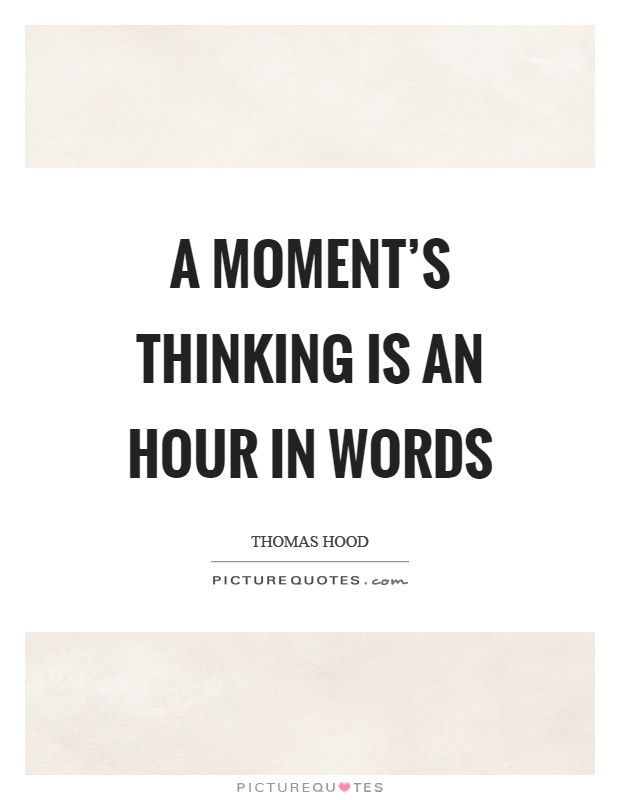
I have created a date pipe component in my Angular project and added current datetime values in different formats like milliseconds,date object,datetime string,ISO datetime string. The format can be provided in string form which is passed as a parameter to this function. Now we will go through few angular date pipe examples to understand it further. The moment().format() function is used to format the date according to the user’s need. var day moment.unix (1318781876) This is implemented as moment (timestamp 1000), so partial seconds in the input timestamp are included. For instance, we can write: const date moment ('01:15:00 PM', 'h:mm:ss A').format ('H:mm:ss') console.log (date) Then we also get: '13:15:00' as a result. To create a moment from a Unix timestamp ( seconds since the Unix Epoch), use moment.unix (Number). We can also use MM to get the 2 digit month. So we can write: const day moment (new Date (2021, 1, 1, 1, 1)).format ('L') console.log (day) And we get: '' as the value of day. Default value is our project locale (en_US) if set or undefined.Optional parameter Use the H Formatting Tag Alternatively, we can use the H formatting tag to format the hour to 24-hour format. 'February 1, 2021' Also, we can pass in 'L' to get the date string in MM/DD/YYYY format.

To change the timezone we can pass timezone offset ('0530') or standard UTC/GMT (IST) or continental US timezone abbreviation and it is an optional parameter The default timezone is local system timezone of the user's machine. Fuck me in the ass, make the moment last, burnin' through my rubber. In a golden shower (Oh-oh-oh) Verse 2 We were just two lovers.

The default value is 'mediumDate' (Optional parameter) In a golden shower (Oh-oh-oh) You suck me dry. We can pass predefined angular date formats or our custom date format as a parameter.


 0 kommentar(er)
0 kommentar(er)
